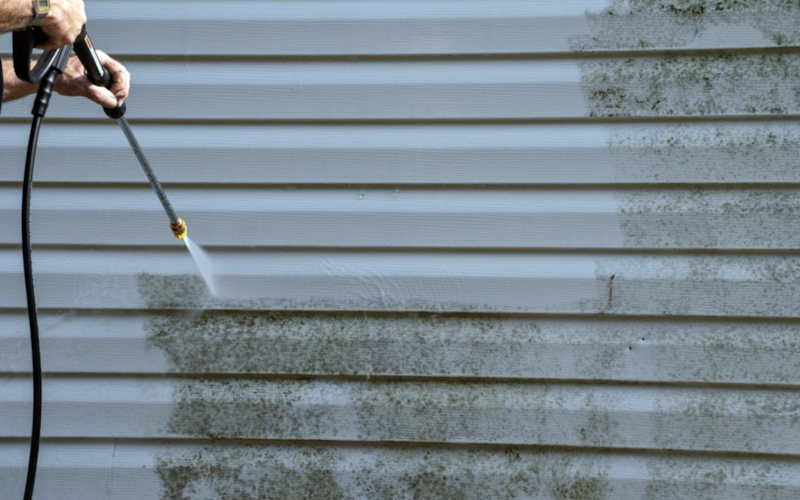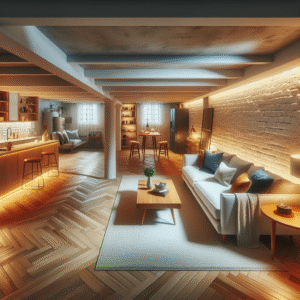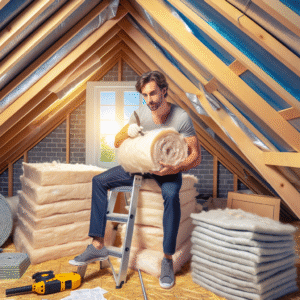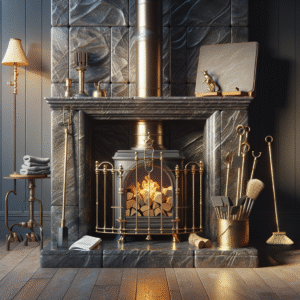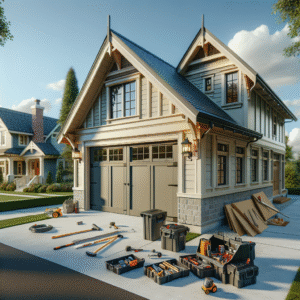Choosing the right siding material for your home is a crucial decision that goes beyond aesthetics. The material you choose will not only impact the appearance of your home but also its energy efficiency, durability, and resistance to the elements. Different climates pose unique challenges, and selecting a siding material that can withstand the specific conditions of your region is key to ensuring your home remains protected and attractive for years to come. In this blog, we’ll explore how to choose the best siding material for your climate, considering factors such as temperature fluctuations, moisture levels, and exposure to UV rays.
1. Understanding the Role of Climate in Siding Selection
The primary function of siding is to protect your home from the elements. Depending on where you live, your home could be exposed to extreme heat, freezing temperatures, heavy rainfall, or high humidity. Each of these conditions can affect the performance and longevity of different siding materials. Therefore, understanding the specific climate challenges in your area is the first step in making an informed decision.
- Hot Climates: In regions with high temperatures, siding materials need to resist warping, fading, and cracking due to intense sunlight and heat. UV resistance is a crucial factor in preventing damage and maintaining the appearance of your siding.
- Cold Climates: In colder areas, siding needs to withstand freezing temperatures, ice, and snow. The material should also be resistant to expansion and contraction due to temperature fluctuations, which can cause cracking and other damage.
- Wet Climates: Areas with high rainfall or humidity require siding materials that are resistant to moisture and mold. Proper water drainage and resistance to rot are essential to prevent long-term damage.
- Windy or Storm-Prone Climates: In regions prone to high winds or storms, siding should be durable and impact-resistant to withstand harsh weather conditions. Secure installation is also key to ensuring the siding remains intact during extreme weather events.
2. Popular Siding Materials and Their Climate Suitability
There are several popular siding materials available, each with its own set of benefits and drawbacks depending on the climate. Let’s take a closer look at some of the most common options and how they perform in different environments.
1. Vinyl Siding
- Suitability: Vinyl siding is one of the most popular siding materials due to its affordability, low maintenance, and versatility in appearance. It performs well in a variety of climates, but its suitability can vary based on the specific environmental conditions.
- Hot Climates: In extremely hot climates, vinyl siding can sometimes warp or melt if exposed to intense heat. However, modern vinyl siding is often engineered to withstand higher temperatures, making it a viable option in warm regions.
- Cold Climates: Vinyl siding can become brittle in very cold temperatures, increasing the risk of cracking or breaking. However, with proper installation and quality materials, it can still be a suitable choice for cold climates.
- Wet Climates: Vinyl siding is highly resistant to moisture, making it an excellent choice for wet or humid climates. It doesn’t rot, and its smooth surface makes it easy to clean, preventing mold and mildew buildup.
- Windy Climates: High-quality vinyl siding can withstand moderate wind speeds, but in areas prone to extreme winds or hurricanes, additional reinforcements or alternative materials may be required.
2. Fiber Cement Siding
- Suitability: Fiber cement siding is known for its durability and resistance to various environmental conditions. It’s made from a combination of cement, sand, and cellulose fibers, providing a strong and stable material that can mimic the appearance of wood or masonry.
- Hot Climates: Fiber cement siding performs exceptionally well in hot climates. It is non-combustible and resistant to warping and cracking, even under intense sunlight.
- Cold Climates: This material is also well-suited for cold climates, as it resists expansion and contraction due to temperature changes. It can withstand freezing temperatures without becoming brittle.
- Wet Climates: Fiber cement siding is highly resistant to moisture, making it an ideal choice for wet or humid regions. It doesn’t rot or swell, and it’s impervious to termites and other pests that thrive in damp environments.
- Windy Climates: Due to its weight and strength, fiber cement siding can withstand high winds and impact from flying debris, making it a great option for storm-prone areas.
3. Wood Siding
- Suitability: Wood siding offers a natural and timeless aesthetic that many homeowners find appealing. However, it requires more maintenance and is more susceptible to environmental damage than other materials.
- Hot Climates: In hot climates, wood siding can dry out and become prone to cracking or splitting. UV rays can also cause the wood to fade over time, requiring regular staining or painting to maintain its appearance.
- Cold Climates: Wood siding can be used in cold climates, but it requires proper sealing and maintenance to prevent moisture infiltration, which can lead to warping or rotting when temperatures fluctuate.
- Wet Climates: Wood siding is not the best choice for wet or humid climates. Without proper treatment, wood is susceptible to rot, mold, and insect damage. If you choose wood siding in a wet climate, be prepared for regular maintenance to keep it in good condition.
- Windy Climates: In windy areas, wood siding can be vulnerable to impact damage and may require frequent repairs or replacements.
4. Metal Siding
- Suitability: Metal siding, such as aluminum or steel, is known for its durability and low maintenance. It’s a great option for a variety of climates but is particularly well-suited for areas with extreme weather conditions.
- Hot Climates: Metal siding reflects sunlight, helping to keep homes cooler in hot climates. It’s also resistant to fire, making it a safe choice for regions prone to wildfires.
- Cold Climates: In cold climates, metal siding performs well, as it doesn’t expand or contract with temperature changes. However, it can become cold to the touch and may require insulation to improve energy efficiency.
- Wet Climates: Metal siding is highly resistant to moisture, making it a good option for wet or humid climates. It won’t rot or attract insects, and it’s easy to maintain.
- Windy Climates: Metal siding is extremely durable and can withstand high winds and impact from debris, making it an excellent choice for storm-prone areas.
5. Stucco Siding
- Suitability: Stucco siding is a popular choice in certain regions, particularly in areas with a Mediterranean or Southwestern climate. It offers a unique, textured appearance and is known for its energy efficiency.
- Hot Climates: Stucco siding is ideal for hot, dry climates. It reflects heat and can help keep homes cool, making it a popular choice in regions like the Southwest United States.
- Cold Climates: Stucco can be used in cold climates, but it requires proper installation and maintenance to prevent cracking due to freeze-thaw cycles.
- Wet Climates: Stucco is not the best choice for wet climates, as it can absorb moisture and become prone to mold and mildew. However, with proper sealing and maintenance, it can still be a viable option.
- Windy Climates: Stucco can handle moderate winds, but in areas prone to extreme storms, additional reinforcements may be necessary to prevent cracking.
3. Making Your Decision
When choosing the best siding material for your climate, consider both the environmental conditions in your area and your personal preferences for appearance, maintenance, and budget. It’s also important to work with a reputable contractor who understands the specific challenges of your region and can recommend the best materials and installation practices.
Conclusion
Choosing the right siding material for your home is a critical decision that should take into account the specific climate conditions in your area. Whether you live in a hot, cold, wet, or windy climate, there’s a siding material that can meet your needs and provide long-lasting protection for your home. By understanding the strengths and weaknesses of each siding option and how they perform in different environments, you can make an informed choice that enhances the beauty and durability of your home for years to come.

